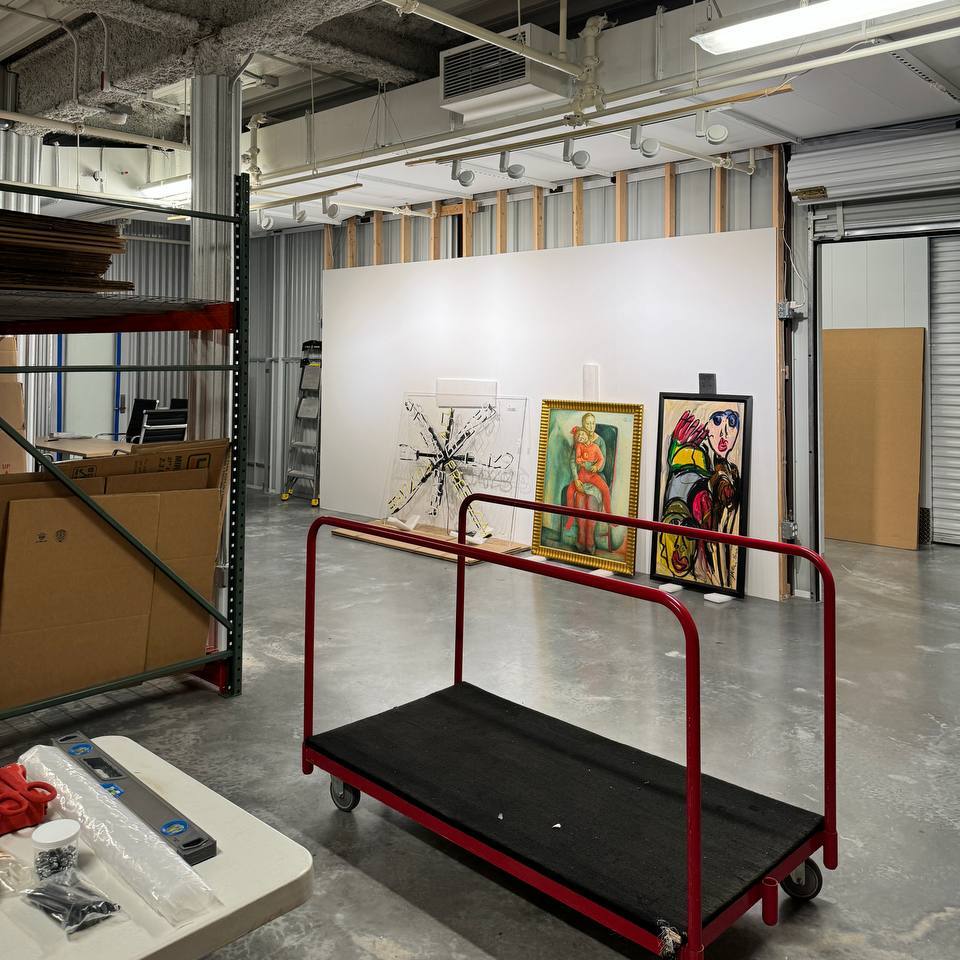At first glance, it seems that all art is fragile and delicate, requiring a single professional standard of organizing safe storage. However, the period of the artwork’s creation also matters in storage arrangements. For instance, art storage for contemporary art has some notable distinctions from storage conditions for pre-20th-century pieces, such as Renaissance paintings or ancient sculptures. Here is a glimpse of these distinctions that may inform your conservation and storage practices.
How Does Art Storage for Contemporary Art Differ from Storage Solutions for Older Artwork?
The difference in storage arrangements for artwork of different periods lies in the materials’ stability, the scale and complexity of art creations, and the degree of their environmental sensitivity. For instance, most old pieces of art are made using oil paints, tempera, stone, and metals – all relatively durable but sensitive to long-term environmental effects. Contemporary art can be made using plastics, synthetic compounds with unpredictable long-term preservation properties, organic compounds, electronics, etc.
With these differences in mind, classical art storage solutions are known for their emphasis on static, physical object preservation using well-established methods and tools. Unlike these approaches, art storage for contemporary art should factor in the adaptive, experimental, and interdisciplinary approaches that many present-day artists use to push the boundaries of creativity.
Besides, classical art traditionally fits common standards and comes in consistent forms and sizes because of the limitations that existed in the past. Thus, the majority of old paintings are relatively easy to pack and store within standard dimensions of a storage facility. Contemporary art, on the contrary, is often disproportionately scaled, interactive, and sometimes ephemeral, which requires the development of flexible, custom-tailored storage solutions.
Finally, classical art and contemporary art differ in terms of conservation approaches and accompanying challenges. On the one hand, classical art storage emphasizes minimal changes for the sake of historical authenticity protection. On the other hand, contemporary art welcomes ongoing changes, artist-approved interventions, and the audience’s interactions with the piece of art.
Consult Experts to Arrange Proper Storage
As you can see, the storage of old and contemporary art differs not only in technical implementation but also in conservation philosophy. Therefore, it is vital to work in tandem with the artist and art owner to design properly customized storage strategies and guarantee the full intactness of the art piece. If you need bulletproof storage solutions able to match all art types, our flexible, cutting-edge storage facility in Upper Manhattan can become your go-to solution.
